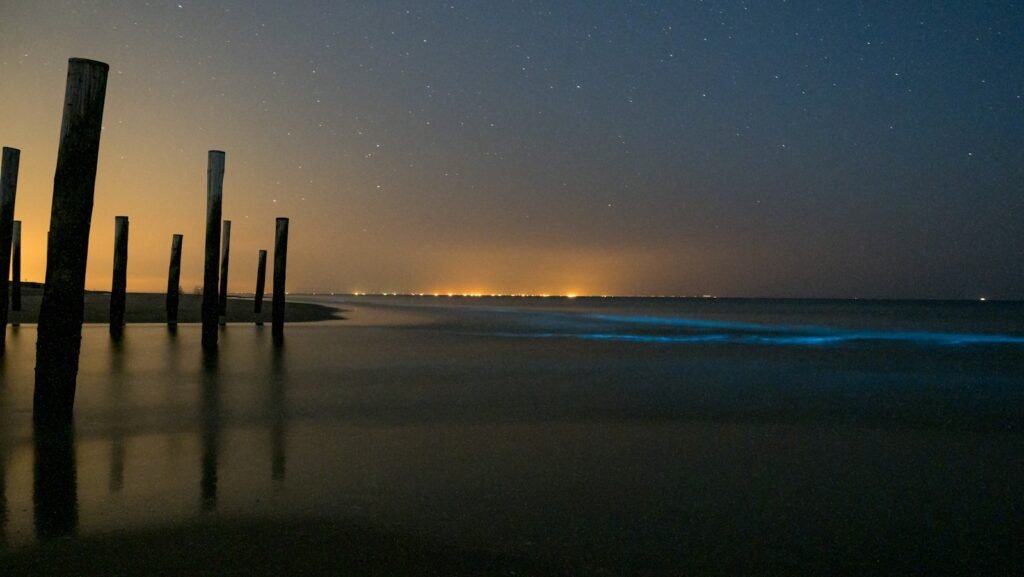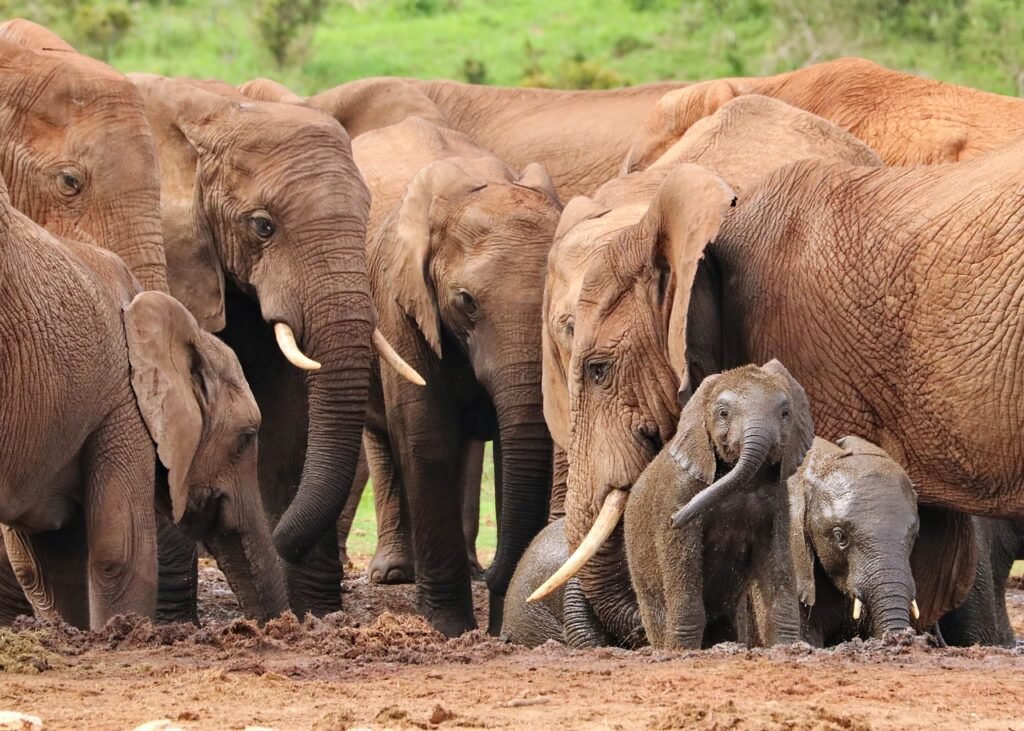The mountains of Oregon have a way of keeping secrets, but this one towers over the rest: living trees that germinated before the first European maps sketched the Pacific Northwest. Biologists, armed with corers and careful field notes, have verified several giants at roughly five centuries old, their rings stacked like silent annals of winter storms, fires, and fog. The discovery doesn’t just feel cinematic; it challenges how we think about resilience in forests that have endured logging booms, smoke-choked summers, and a fast-changing climate. These are not museum pieces behind velvet ropes – they’re working pillars in complicated ecosystems, still pulling water, still storing carbon, still providing shade for creeks. Standing beneath one, you can feel the temperature drop and the noise dim, as if the tree itself is setting the rules for everything around it.
The Hidden Clues

Old trees rarely announce themselves with a single trait; the giveaway is usually a collage of hints. Biologists look for thick, furrowed bark, high crowns with ragged, flattened tops, and limbs that angle like old elbows, heavy with moss. At the base, buttressed roots spread like low flying wings, and the trunk carries catfaces – old fire scars healed over by decades of new wood. Even the nearby understory tells a story, with shade-loving shrubs and cool, damp soil that suggest centuries of uninterrupted canopy. I still remember the hush in a grove of Douglas-fir where the air smelled like cold cinnamon; everything about that place hinted at age long before a single ring was counted.
From Ancient Tools to Modern Science

Dating a living tree sounds romantic until you watch the careful routine unfold: a slender increment borer twisted into the trunk, a pencil-width core sliding free like a scroll. Traditional ring counts are then paired with cross-dating, aligning narrow and wide rings to known regional patterns to avoid mistakes. Today, that work is boosted by high-resolution scans, cellulose chemistry, and even isotopic fingerprints that track the memory of drought in stable oxygen ratios. Researchers cross-check stories stored in wood with soil charcoal layers and satellite fire histories to build confidence in the timeline. The method isn’t flashy, but that’s the beauty of it – steady, transparent steps that turn bark and wood into a time machine you can hold in your hand.
Reading the Rings: A Timeline of Fire and Drought

Those five centuries of rings map a long ledger of stress and recovery. Narrow bands often mark summers when snowpack vanished early and soil moisture ran tight, while sudden shifts to wider growth can follow cooler, wetter years. Fire scars appear like commas, not periods, suggesting burns that crept low and moved on rather than cataclysmic crown fires. In several Oregon stands, sequences hint at historical cycles of frequent, low-intensity fire that kept fuels in check and opened niches for diverse plants. That rhythm changed as land use and suppression took hold, leaving longer fire-free stretches and, when ignition finally came, more severe outcomes. In the rings, you can almost feel the forest’s old metronome slowing, then stumbling to find a new beat.
Why It Matters

Finding living half-millennials isn’t just a record-setting moment; it’s a practical lesson in what lasts. Trees that endure for centuries have usually solved local problems – poor soils, cold air drainage, wind exposure – through genetic luck and good microhabitat placement. Those solutions become a blueprint, showing which patches act as refuges when heat waves and smoke roll in. The giants also serve as living infrastructure, throwing deep shade that cools streams for trout and salmon and anchoring food webs that feed owls, voles, and dozens of fungi. For climate strategy, they are extremely valuable, locking away carbon not only in wood but also in layered soils protected by the long, quiet stability of undisturbed stands.
Human Footprints, Human Choices

Old growth in Oregon doesn’t exist by accident; it exists because, in a few places, people chose patience over short-term gain. Some pockets survived thanks to rugged terrain that discouraged logging, others because local tribes managed fire with intent, creating mosaics that favored resilience over uniformity. Many stands now sit in a patchwork of ownerships, where a boundary line can mean radically different outcomes for the same hillside. The newly verified elders add pressure to align policies across those lines – on harvest timing, prescribed fire use, and protections for riparian corridors. Every decision is a trade, but the trees argue quietly for long horizons, where value is measured in centuries rather than quarters.
Global Perspectives

Oregon’s seniors have counterparts around the world – cedars clinging to limestone in Lebanon, firs on Spain’s high ridges, and southern beeches holding fast in the Andes. Each place shows a variation on the same theme: longevity thrives where disturbance is frequent but not annihilating, and where cool refuges persist through heat swings. Researchers use these living archives to knit regional stories into a planetary picture of drought cycles, ocean oscillations, and shifting storm tracks. In that mosaic, Oregon’s mountains offer a particularly clear signal because tree rings there track both Pacific moisture and continental heat. The local story of a shaded ravine becomes part of a global map, reminding us that resilience is a shared language written in wood.
The Future Landscape

Looking ahead, the question isn’t whether these trees can live; it’s whether the conditions that made their long lives possible can be maintained. Warming summers, earlier snowmelt, and insect pressures tilt the playing field, especially for seedlings trying to establish in drier, brighter microsites. Land managers are testing a suite of tools – prescribed fire, selective thinning around elders, post-fire planting matched to microclimate niches, and even assisted gene flow from drier provenances. Remote sensing now flags heat refuges with meter-scale precision, guiding crews to protect the coolest, wettest slivers first. That approach flips the script from reacting to disaster to quietly fortifying the places most likely to carry the baton.
Evidence You Can See

If you’re wondering how to recognize a centuries-old stand without a lab, the forest will teach you if you slow down. Look for layered canopies – tall veterans, middle-aged trees, and young saplings sharing the light. Search the ground for big, decaying logs that hold moisture like sponges and host whole neighborhoods of insects and fungi. Notice the temperature dip and the soft, even light where branches interlock high above; old stands feel like rooms with good insulation. Then find the scars: blackened bark healed over in glossy ridges, a sign the trees have met fire and kept going. It’s field science by intuition, and it builds respect long before a core confirms the age.
Field Notes and Data Points

To keep the story grounded, here are a few takeaways that researchers emphasize when they report longevity :
- Increment cores, when taken properly, are minimally invasive and allow trees to continue growing without noticeable decline.
- Tree rings capture annual growth, enabling single-year precision for events like droughts or fires etched as scars.
- Old-growth stands store vast amounts of carbon above and below ground, particularly in cool, moist soils that build organic layers slowly.
- Low-intensity, frequent fire – historically common in many Oregon forests – often promotes resilience by reducing fuel accumulation.
- Microrefugia such as north-facing slopes, cold-air drainages, and deep ravines can shield seedlings and elders during heat extremes.
Conclusion

You don’t need a research permit to help these elders keep doing their quiet work. Support projects that map and safeguard old-growth refuges, and pay attention to community conversations about prescribed fire where it’s ecologically appropriate. When you hike, stay on trails to protect delicate soils and young understory plants that anchor the next century of canopy. Consider backing local watershed groups that restore riparian shade and remove fish passage barriers, which amplify the cooling power of old trees. And if you’re a teacher, bring ring samples or photos into the classroom – once students see time stacked in wood, they understand why centuries matter.

Suhail Ahmed is a passionate digital professional and nature enthusiast with over 8 years of experience in content strategy, SEO, web development, and digital operations. Alongside his freelance journey, Suhail actively contributes to nature and wildlife platforms like Discover Wildlife, where he channels his curiosity for the planet into engaging, educational storytelling.
With a strong background in managing digital ecosystems — from ecommerce stores and WordPress websites to social media and automation — Suhail merges technical precision with creative insight. His content reflects a rare balance: SEO-friendly yet deeply human, data-informed yet emotionally resonant.
Driven by a love for discovery and storytelling, Suhail believes in using digital platforms to amplify causes that matter — especially those protecting Earth’s biodiversity and inspiring sustainable living. Whether he’s managing online projects or crafting wildlife content, his goal remains the same: to inform, inspire, and leave a positive digital footprint.




